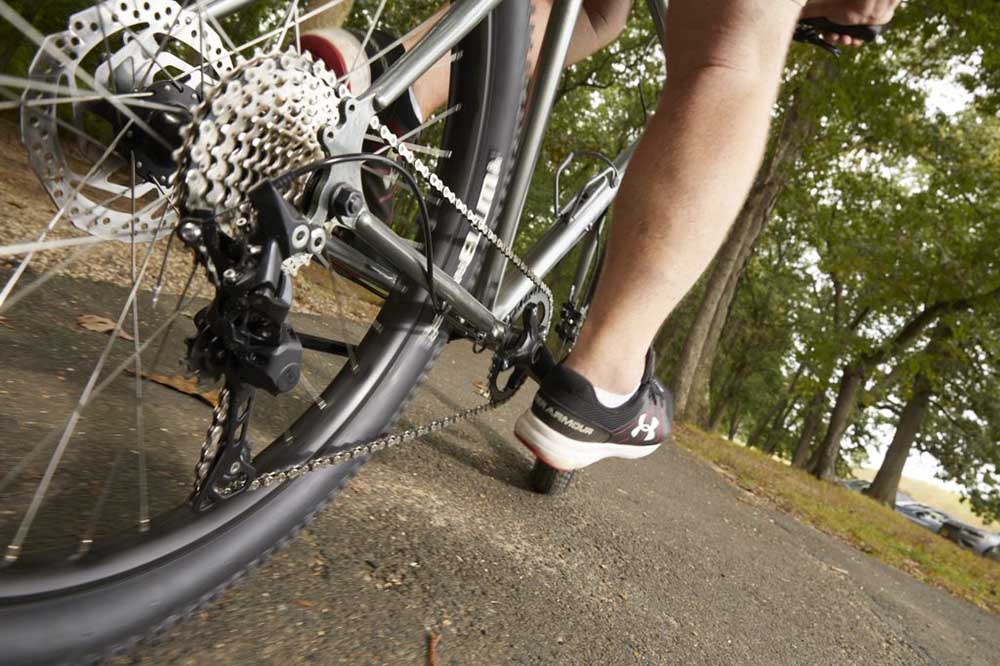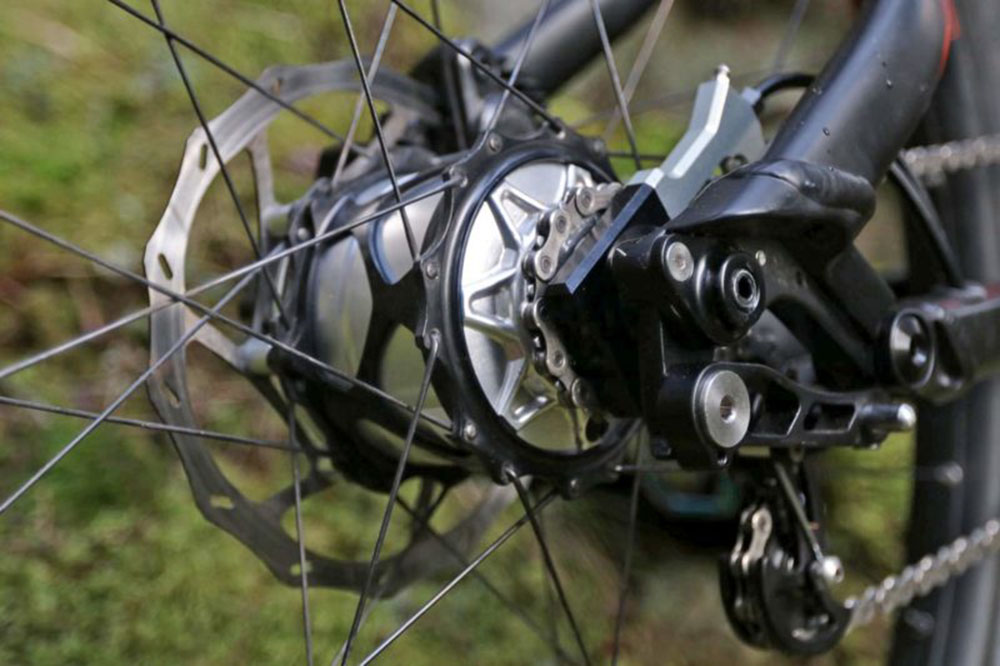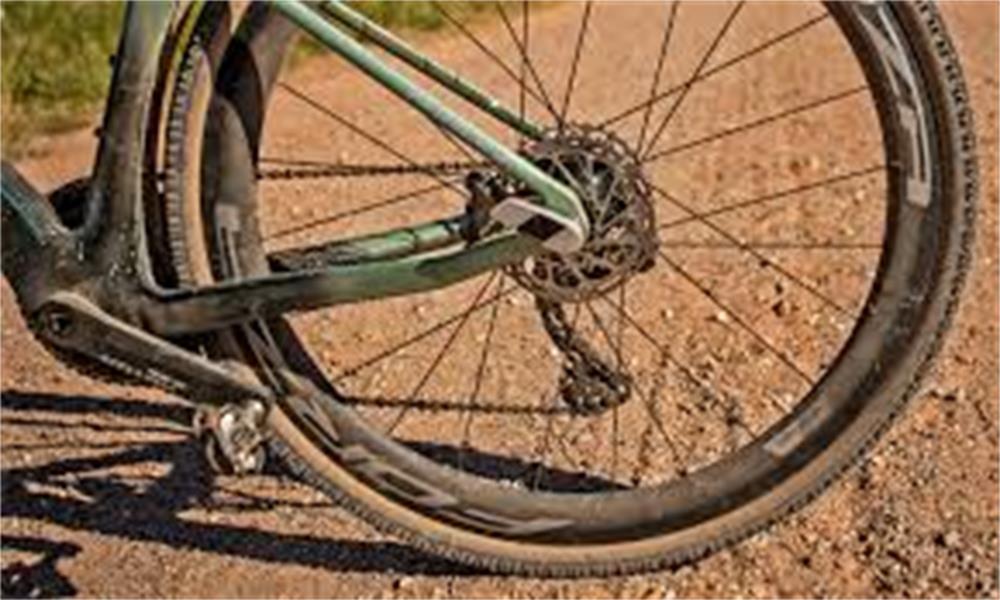Internal gear hubs: list of pros and cons

Internal gear hubs are becoming more and more popular on bikes these days. Especially on touring and commuter bikes. After extensive research and testing on Rohloff and Shimano hubs, I’ve put together this list of pros and cons of internally geared hubs vs. derailleurs to help me decide if the conversion is worth the money. Hope this list helps you decide because it helped me.
What is an internal gear hub?
Internally geared hubs, also known as hub gears or abbreviated IGH, are a system used to change the gear ratios of bicycles. It does this using planetary gears, or planetary gears, mounted and sealed within the rear hub. Internal gear hubs are a replacement for derailleurs.
Advantages of Internal Gear Hubs
Less maintenance – this is probably the main reason why people switch to internally geared hubs. The only maintenance you need to do is change the oil in the hub every 5000km or so and keep the chain at the proper tension. On the other hand, derailleurs require frequent cleaning, adjustment limits, and more frequent chain and cassette changes.
Higher reliability – Using an internal gear hub, all moving parts are sealed within the unit. You don’t have to worry about water, sand, dirt or salt getting into the hub and causing damage. You don’t have to worry about the derailleur breaking or needing adjustment. People typically drive more than 100,000 kilometers from Rohloff Speedhubs. I’ve heard of Sturmey Archer hubs that are still in use in the ’50s. Lower cost Shimano Nexus or Alfine hubs can go up to 15,000 km before needing a replacement. For the average cyclist, a quality internally geared hub can last a lifetime if properly maintained.
Longer chain life – With an internal gear hub, the chain stays on the same gears all the time. It doesn’t move between gears. The chain also always runs in a straight line. This reduces wear and tear on the chain, making it last longer. It is known that one can walk 20,000 kilometers from the chain. When using a derailleur, the chain bends every time you shift. It also runs at an angle most of the time. This puts a lot of stress on the chain, causing wear. You will have to replace it more often.
You can change gears while you’re stopped – it doesn’t seem like a big deal, but it’s actually a game-changer. Have you ever stopped your bike in a high gear? It’s tough to get off the ground, and you can’t downshift until you’re moving. Starting in a high gear also puts unnecessary stress on the knees. Internally geared hubs allow you to shift gears without pedaling. This comes in handy in stop-and-go traffic in the city. It also makes climbing easier. You can change shifts anytime.
You can shift multiple gears at once – if you suddenly hit sand, you can downshift 7th gear without worry. If you do this on a derailleur bike, you may lose the chain.
The rear wheel is stronger – for two reasons. First, with an internally geared hub, all the spokes are distributed symmetrically, and all the spokes are at the same angle on both sides of the wheel. This adds strength. Second, the hub is larger. This means the spokes are shorter. This results in a stronger wheel, even though it has fewer spokes. With stronger wheels, you can carry more weight without worrying about broken spokes or wheel failure. This is a major benefit for cyclists who often load most of their gear on the rack above the rear wheel.

Internal gear hubs are great for bike touring or commuting – many adventure bikers choose to ride with the IGH for a more secure experience. Commuters love them for the same reason. There is no need to worry about maintenance and repairs. You can spend more time cycling.
Internally geared hubs are compatible with belt drives – belt drives offer many advantages. They are quiet, clean, lightweight, and extremely durable and long-lasting. Many cyclists have used it for over 30,000 kilometers before needing to replace the belt drive. As an added bonus, the belt does not require any lubricants or degreasers like chains.
You can ride in wet, muddy or snowy conditions without worry – because the hubs are completely sealed, you don’t have to worry about water or debris getting caught in your gears, derailleurs and chain. You can also leave without cleaning the drivetrain as often. This is perfect for winter riding, riding in the rain or traversing sand.
No need to worry about the rear derailleur – it may seem obvious, but there are many benefits to not having a derailleur. The derailleurs are a particularly vulnerable part of the bike because they stick out and are so close to the ground. It can easily get caught by branches or hit rocks and cause damage. Especially when transporting a bike or riding off-road. At the very least, you have to readjust it. Worst case, you destroy it and need to find a replacement. They can also damage your rear wheel if you hit the derailleurs against the spokes. With an internally geared hub, you don’t have to worry about any of that, as the entire shifting mechanism is housed in the hub. Wheels and spokes protect it.
You don’t need to know anything about bikes to use internal gear hubs – since maintenance intervals are so long, you just ride the bike and let the bike shop take care of everything else. This is perfect for people who don’t want to do any maintenance themselves. You don’t need to learn how to tune a derailleur or install a new chain. Just ride the bike and enjoy it.
You can use coaster brakes – some internally geared hubs integrate coaster brakes into the hub. This can further simplify your bike and further reduce maintenance.
Internally geared hubs are more technologically advanced – it takes a lot of engineering and precision to manufacture internal geared hubs. Some of them are real works of art. You can feel the quality and precision engineering when you pedal. If you’re the type of person who likes to have the latest, most technologically advanced gear, then internally geared hubs can deliver.

Internal gear hub disadvantages
More expensive – good quality internal gear hubs cost a lot of money. For example, the Rohloff Speedhub costs as much as an entire mid-range bike, around $1600. A Shimano Nexus or Alfine costs as much as an entire mid-range derailleur kit, around $200-$400.
Less efficient – Internal gear hubs are slightly less mechanically efficient than derailleurs. I’ve read data ranging from 2% to 10% depending on the model. This loss of efficiency happens because the power you generate by pedaling has to go through multiple gears. Every time power is transferred from one gear to another, you lose some energy. This also happens with derailleurs, but with lesser losses. The difference is minimal if you factor in efficiency losses from improperly tuned transmissions or worn parts.
Fewer Gears – The most geared internally geared hub is the 14-speed Rohloff Speedhub. Most modern derailleur bikes have speeds of 27 or higher. This means the internally geared hub will have a bigger jump between gears. More basic internally geared hubs are available in 3, 8 or 11 speeds. With fewer gears, you may not be able to find the ideal speed for the terrain you are riding, reducing the efficiency of the bike.
Smaller gear range – The gear range is the difference between the lowest gear and the highest gear. The internally geared hub with the largest gear range is the 14-speed Rohloff Speedhub with a 526 percent gear range. This is comparable to a modern 27-speed transmission setup. They have a 500%-600% gear range. Low end internally geared hubs with 3-8 speeds have a gearing range of about 200%-400%, depending on brand and quality. With the lower gear range, you may not be able to climb steep hills or reach the same top speed as the derailleur setting.
Finding replacement parts in developing countries is difficult – if you’re traveling in remote areas like Central Asia or West Africa, finding a new rear sprocket or oil for your internal gear hub is nearly impossible. Bike shops in developing countries just don’t stock parts. Some countries don’t even import any internally geared hubs. If you’re planning to travel in remote places like this, you’ll have to carry all the spare parts you might need with you. The only other options are to rely on the mail or fly home to buy what you need. The good news is that as globalization increases, parts availability should increase.
Internal gear hubs are heavier – Internal gear hubs are heavier than derailleur setups due to the added gearing and complexity. All this added weight goes into your wheels, slowing down acceleration a little. If you want the lightest bike, stick with derailleurs.
Internally geared hubs are slower – you can’t go as fast with an IGH due to efficiency loss and weight gain. Acceleration is slower and more energy is required to maintain speed. This is probably why pro racers still use derailleurs.
Flat rear tires are harder to fix – it depends on the brand of internal gear wheels you are using. Most IGHs make removing the rear wheel a little tricky. Mainly because the chain tension has to be readjusted when the wheel is reinstalled. This can be a bit tedious and time-consuming, especially the first few times you do it. It’s a good idea to use tires with some kind of puncture protection or even tubeless so you don’t have to fix punctures as often.
User repair is nearly impossible – most internally geared hubs cannot be repaired by the owner or even a bike shop. If the hub fails, you must ship it back to the manufacturer for repair. Some companies, like Shimano, recommend that you replace only the internal parts. This can be a problem if you are traveling in remote locations where you cannot send and receive packages due to the reliability of the postal service or customs charges. If your IGH is broken, you have no hope of fixing it yourself. It’s too complicated. Of course, you can do all the standard maintenance yourself, like changing the hub oil and changing the sprockets and chain.
Internal gear hubs are noisy – it depends on the brand. Some cyclists complain that certain gears are loud and annoying.
You can’t swap out the wheels – some riders like to have multiple wheelsets to switch to for different terrains. For example, maybe you have a 700c wheelset with road tires and a 650b wheelset with off-road tires. Within minutes, you can swap them out and ride a variety of different terrains. This setup is cheaper and takes up less space than owning two bikes. This is not possible with internally geared hubs. First, removing the rear wheel can be a daunting task with some hubs. You must readjust the chain tension. You also have to have a separate internally geared hub for each wheel. It would be very expensive and pointless. If money isn’t an issue, you can, but at this point you might as well buy another bike.
You can’t shift an internally geared hub under load – to shift, you have to lower the power slightly. Shifting gears under load can damage the gears.
Internally geared hubs may increase the likelihood of a bike being stolen – I don’t know if this is statistically true. All I know is that installing a nice internal gear hub will make your bike worth more. Thieves are more likely to steal expensive bikes.
Some frames are not compatible with internally geared hubs – you will need proper hub spacing and braze to mount the chain tensioner. Some frameworks can be changed slightly to work, while others are not compatible.
Traction and braking may suffer – the added weight of the internally-geared hub on the rear wheel is unsprung. This can adversely affect traction and braking on some bikes.
You have to adjust the chain tension – this is a problem unique to internally geared hubs. You have to keep the chain properly tensioned for the hub to move properly. Depending on the quality of the hub, frequent adjustments may be required. You also have to readjust the tension every time you remove the rear wheel. This can be a hassle, but it’s usually no big deal.
Some people just don’t like internal gear hubs – if you’re used to derailleur drivetrains, switching to IGH can feel weird at first. Some people never get used to it. In this regard, internally geared hubs are a personal preference.
If you are looking for a new way of commuting or want a healthier lifestyle, we are here to help you. Visit our website to learn more about electric bikes and electric scooter or please leave information to us.
 Shuangye ebike
Shuangye ebike
